Home>Gardening & Outdoor>Outdoor Recreation & Activities>How To Get Over The Fear Of Doing A Backflip On A Trampoline
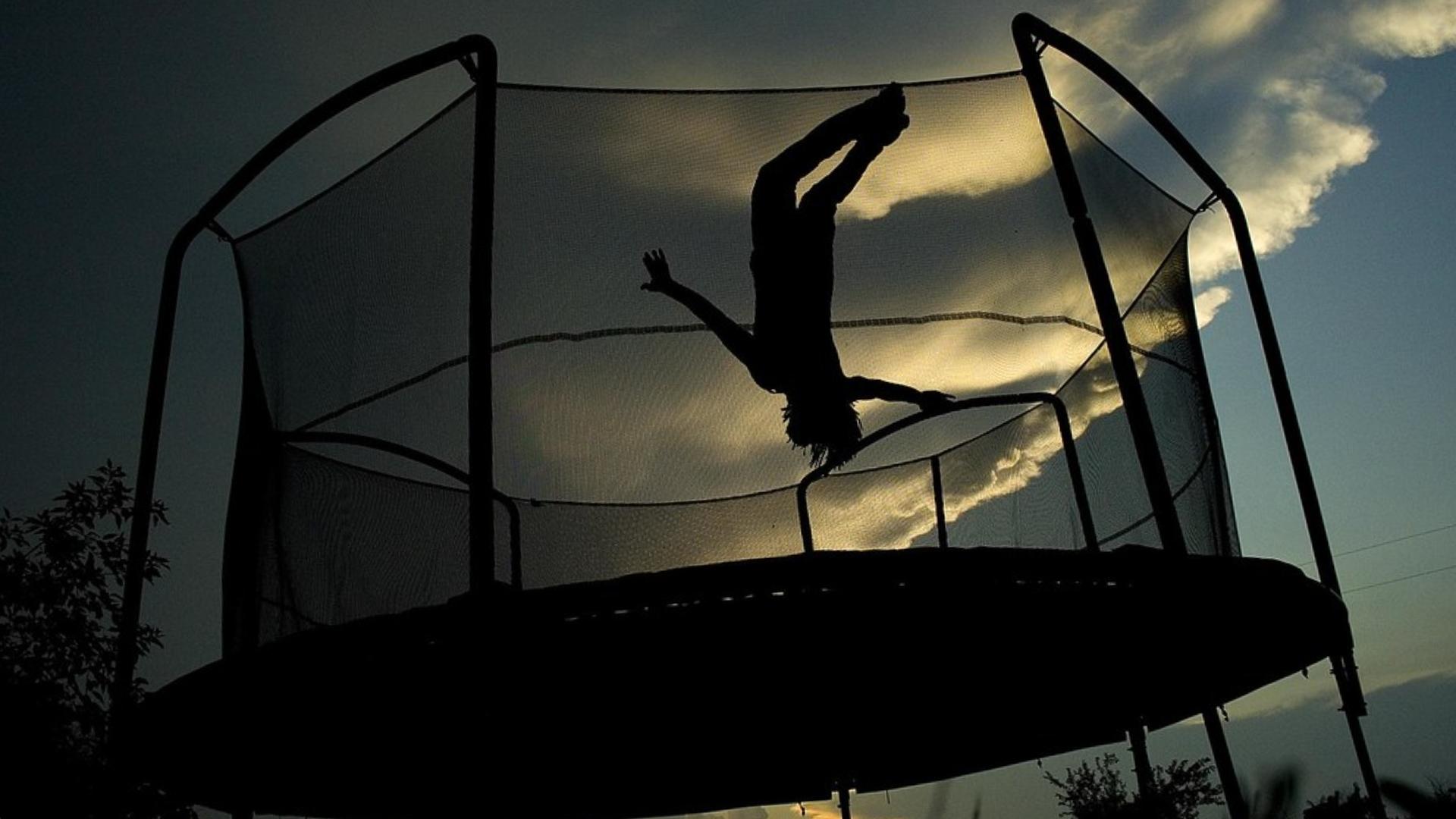

Outdoor Recreation & Activities
How To Get Over The Fear Of Doing A Backflip On A Trampoline
Modified: February 18, 2024
Learn how to conquer your fear and master the backflip on a trampoline with our expert tips and guidance. Discover the joy of outdoor recreation and activities today!
(Many of the links in this article redirect to a specific reviewed product. Your purchase of these products through affiliate links helps to generate commission for Storables.com, at no extra cost. Learn more)
Introduction
Read more: How To Do A Backflip On A Trampoline
Overcoming the Fear of Doing a Backflip on a Trampoline
Trampolines are a source of endless fun and excitement, but for many, the thought of performing a backflip on one can be daunting. The fear of attempting this exhilarating maneuver is entirely normal, and it’s essential to understand that overcoming it is a journey that requires patience, practice, and a solid understanding of the technique. This article will guide you through the process of conquering your fear and mastering the art of a backflip on a trampoline.
Whether you’re a beginner or someone who has been hesitant to attempt a backflip for some time, this guide will provide you with the knowledge and confidence to take the leap, quite literally, and experience the thrill of successfully executing a backflip on a trampoline. Let’s delve into the psychology of fear, the importance of building confidence, and the step-by-step process of learning and practicing this exciting skill in a safe and controlled manner.
By the end of this article, you’ll have the tools and mindset needed to conquer your fears, embrace the excitement, and revel in the joy of performing a backflip on a trampoline. So, let’s embark on this journey together and unlock the exhilarating world of trampoline acrobatics!
Key Takeaways:
- Conquering the fear of doing a backflip on a trampoline involves understanding fear, building confidence, and mastering the technique through patience and practice.
- Safety, resilience, and celebrating small victories are crucial in overcoming setbacks and mastering the exhilarating art of the trampoline backflip.
Understanding the Fear
Before delving into the physical aspects of performing a backflip on a trampoline, it’s crucial to acknowledge and understand the fear associated with this maneuver. Fear is a natural response that stems from the instinct to protect oneself from potential harm. The thought of flipping backward while airborne can trigger feelings of anxiety and apprehension, and it’s essential to recognize these emotions as valid and common.
One of the primary reasons for the fear of executing a backflip is the perceived risk of injury. The fear of landing awkwardly, losing control, or not completing the rotation successfully can be overwhelming. Additionally, the fear of the unknown, coupled with the lack of experience in performing such acrobatics, can amplify these feelings of trepidation.
Furthermore, the fear of failure and embarrassment can also play a significant role in inhibiting individuals from attempting a backflip. The concern about not being able to execute the maneuver correctly, especially in front of an audience, can be a powerful deterrent.
Understanding the root causes of fear is the first step in overcoming it. By acknowledging that fear is a natural response to the perceived risks and uncertainties associated with performing a backflip, individuals can begin to address and manage these emotions effectively. It’s essential to approach the process with patience, self-compassion, and a willingness to confront and challenge these fears head-on.
Throughout this journey, it’s important to remind oneself that fear is a temporary barrier that can be overcome with the right mindset, preparation, and guidance. By recognizing and respecting the fear, individuals can begin to shift their focus towards building confidence, mastering the technique, and ultimately experiencing the thrill of a successful backflip on a trampoline.
Building Confidence
Confidence is a fundamental component in overcoming the fear of performing a backflip on a trampoline. It serves as a catalyst for pushing past mental barriers and embracing the exhilarating challenge ahead. Building confidence is a gradual process that involves mental preparation, skill development, and a supportive environment.
One effective strategy for building confidence is visualizing success. By mentally rehearsing the movements and envisioning a successful backflip, individuals can familiarize themselves with the sensation of completing the maneuver. Visualization helps in reducing anxiety and instilling a sense of familiarity with the task at hand, ultimately boosting confidence.
Furthermore, breaking down the backflip into manageable steps can significantly contribute to confidence-building. By mastering individual components, such as jumping height, tucking into a somersault, and practicing rotations on a low-impact surface, individuals can gradually build confidence in their ability to perform the complete backflip.
Seeking guidance from experienced trampolinists or instructors can also bolster confidence. Learning from those who have successfully mastered the backflip can provide valuable insights, tips, and encouragement. Additionally, receiving constructive feedback and personalized guidance can instill a sense of reassurance and motivation, further enhancing confidence levels.
Creating a supportive and encouraging environment is equally important. Surrounding oneself with friends, family, or fellow enthusiasts who offer positive reinforcement and constructive support can significantly boost confidence. Having a reliable support system can alleviate anxiety and provide the necessary encouragement to take the leap, both figuratively and literally.
Lastly, embracing a growth mindset is crucial in the process of building confidence. Viewing challenges as opportunities for growth and learning, rather than insurmountable obstacles, can foster resilience and self-assurance. Embracing the journey of mastering a backflip with a positive and determined mindset can empower individuals to confront their fears and build the confidence needed to conquer this exciting trampoline acrobatics skill.
Learning the Technique
Mastering the technique of performing a backflip on a trampoline is a pivotal step in overcoming the fear associated with this acrobatic maneuver. Understanding the mechanics and intricacies of the backflip is essential for executing it safely and confidently. Here’s a comprehensive guide to learning the technique:
Proper Body Positioning: Begin by practicing proper body positioning on the trampoline. This involves maintaining a slight bend in the knees, keeping the body upright, and focusing on balance and stability. Familiarizing oneself with the trampoline’s surface and its response to movement is crucial in establishing a solid foundation for learning the backflip.
Jumping Technique: Mastering the art of a powerful and controlled jump is integral to executing a successful backflip. Practice achieving maximum height and upward momentum with each bounce, focusing on a strong takeoff while maintaining stability and control in the air.
Tucking and Rotation: Learning how to tuck into a somersault and initiate the rotation is a key component of the backflip. Start by practicing tucking the knees towards the chest while in mid-air, simulating the motion of a somersault. Gradually introduce the rotational movement, focusing on maintaining a compact and controlled tuck throughout the motion.
Spotting the Landing: Developing the ability to spot the landing during the rotation is crucial for maintaining spatial awareness and control. Practice visually identifying the trampoline surface as the rotation nears completion, preparing to extend the legs for a safe and precise landing.
Progressive Training: Approach the learning process incrementally, starting with low-impact drills and gradually progressing to higher bounces and more dynamic movements. Incremental training allows for the gradual adaptation of the body to the demands of the backflip, minimizing the risk of injury and instilling confidence in the acquired skills.
Guided Instruction: Seeking guidance from experienced trampoline instructors or coaches can provide invaluable insights and personalized feedback. Professional instruction can help refine technique, address specific challenges, and ensure that the learning process is structured and safe.
By focusing on mastering the fundamental components of the backflip technique, individuals can gradually build the skills and confidence necessary to execute this exhilarating maneuver with precision and control. Patience, persistence, and a commitment to proper technique are essential in the journey towards mastering the art of the trampoline backflip.
Start by practicing on a soft surface like a mat or foam pit. Work on building your confidence by practicing the motion of the backflip with a spotter. Gradually increase your height and rotation until you feel comfortable attempting it on the trampoline.
Read more: How To Do A Double Backflip On A Trampoline
Practicing Safely
Ensuring safety during the practice of backflips on a trampoline is paramount to the learning process. Prioritizing safety measures not only mitigates the risk of injury but also instills confidence and peace of mind, allowing individuals to focus on mastering the technique and overcoming their fears. Here are essential guidelines for practicing safely:
Warm-Up and Stretching: Before attempting backflips, engage in a thorough warm-up routine to prepare the body for physical activity. Dynamic stretches and light cardio exercises help increase blood flow, improve flexibility, and reduce the risk of muscle strain or injury during practice sessions.
Supervision and Spotting: Practice under the supervision of experienced individuals who can provide guidance, feedback, and spotting assistance. Having a spotter present can enhance safety by offering support and intervention if needed, especially during the initial stages of learning the backflip.
Progressive Skill Development: Emphasize gradual skill development and progression. Start with basic drills and foundational movements before advancing to more complex maneuvers. Incremental progression allows the body to adapt to the demands of the backflip while minimizing the risk of overexertion or improper technique.
Appropriate Landing Technique: Focus on mastering the art of landing safely and effectively. Practice landing with slightly bent knees to absorb the impact, distributing the force evenly throughout the body. Emphasize proper landing technique to minimize stress on the joints and reduce the risk of injury.
Use of Protective Gear: Consider wearing appropriate protective gear, such as athletic shoes with good grip and supportive clothing. Additionally, using a spotter belt or harness under the supervision of a trained professional can provide an added layer of safety and reassurance during practice sessions.
Environmental Awareness: Ensure that the practice area is free of obstacles and hazards. The trampoline should be positioned on a level surface, away from potential obstructions or hazards. Clear the surrounding area of any objects that may pose a risk during practice sessions.
Rest and Recovery: Allow ample time for rest and recovery between practice sessions. Overexertion and fatigue can compromise technique and increase the risk of injury. Listen to your body and prioritize adequate rest to facilitate optimal performance and skill development.
By prioritizing safety and implementing these guidelines, individuals can create a secure and conducive environment for mastering the backflip on a trampoline. Safety-conscious practice not only fosters skill development but also instills a sense of confidence and assurance, empowering individuals to confront their fears and embrace the thrill of trampoline acrobatics.
Overcoming Setbacks
Setbacks are a natural part of the learning process when mastering a challenging skill such as the backflip on a trampoline. It’s essential to approach setbacks with resilience, patience, and a proactive mindset. By acknowledging and addressing setbacks effectively, individuals can navigate the learning journey with determination and perseverance. Here’s how to overcome setbacks while learning the backflip:
Embracing Failure as a Learning Opportunity: View setbacks and unsuccessful attempts as valuable learning experiences. Each misstep provides insights into areas that require improvement and refinement. Embracing failure as a stepping stone to success fosters resilience and a growth-oriented mindset.
Identifying Specific Challenges: Analyze the specific challenges or obstacles encountered during practice. Whether it’s related to technique, timing, or mental barriers, identifying the root cause of setbacks is crucial in formulating targeted strategies for improvement.
Seeking Constructive Feedback: Engage with experienced trampolinists, instructors, or peers to gain constructive feedback. External perspectives can offer valuable insights and alternative approaches to addressing setbacks. Constructive feedback serves as a catalyst for refining technique and overcoming hurdles.
Adjusting Practice Strategies: Modify practice strategies based on the insights gained from setbacks. Implement targeted drills, exercises, or mental preparation techniques to address specific challenges. Adapting the practice approach based on observed setbacks promotes continuous improvement and skill development.
Maintaining a Positive Mindset: Cultivate a positive and resilient mindset when faced with setbacks. Focus on the progress made and the incremental improvements achieved throughout the learning process. Maintaining a positive outlook fosters determination and perseverance in the face of challenges.
Patience and Persistence: Understand that mastering the backflip is a journey that requires patience and persistence. Setbacks are temporary hurdles that can be overcome with consistent effort and dedication. Stay committed to the process and remain resilient in the pursuit of mastering this exhilarating trampoline acrobatics skill.
Celebrating Small Victories: Acknowledge and celebrate small victories and incremental progress. Recognizing achievements, no matter how minor, reinforces a sense of accomplishment and motivation. Celebrating small victories sustains momentum and encourages continued effort despite setbacks.
By adopting a proactive and resilient approach, individuals can effectively overcome setbacks and challenges encountered while learning the backflip on a trampoline. Embracing setbacks as opportunities for growth and refinement fosters a determined and persistent mindset, ultimately propelling individuals towards mastering this thrilling acrobatic maneuver.
Conclusion
Embarking on the journey to conquer the fear of performing a backflip on a trampoline is a transformative and exhilarating endeavor. Throughout this comprehensive guide, we’ve explored the psychological aspects of fear, the importance of building confidence, the intricacies of learning the technique, practicing safely, and overcoming setbacks. As we conclude this journey, it’s essential to reflect on the invaluable insights and strategies that empower individuals to embrace this thrilling acrobatic skill.
Confronting fear is a deeply personal and empowering experience. By understanding the psychological underpinnings of fear and acknowledging its validity, individuals can begin to navigate the path towards mastery with compassion and determination. Building confidence through visualization, incremental skill development, and a supportive environment lays the foundation for success.
Mastering the technique of the backflip involves a blend of physical prowess, mental focus, and deliberate practice. By mastering body positioning, jumping technique, tucking and rotation, and progressive training, individuals can hone their skills and approach the backflip with precision and control. Safety remains paramount throughout this journey, with a focus on warm-ups, supervision, protective gear, and a conducive practice environment.
Setbacks are an inevitable part of the learning process, and addressing them with resilience and adaptability is crucial. Embracing failure as a learning opportunity, seeking feedback, and maintaining a positive mindset are instrumental in overcoming hurdles and propelling progress.
As individuals navigate the exhilarating world of trampoline acrobatics, it’s important to celebrate the victories, both big and small. Each triumph, whether it’s a successful rotation, a confident jump, or the resilience to confront fear, is a testament to dedication and perseverance. The journey towards mastering the backflip is a testament to the human spirit’s capacity for growth, resilience, and the pursuit of thrilling achievements.
Armed with the knowledge, strategies, and determination outlined in this guide, individuals are poised to conquer their fears, embrace the excitement, and revel in the joy of executing a flawless backflip on a trampoline. The journey towards mastery is not merely about conquering a physical skill; it’s a testament to the indomitable spirit, the pursuit of excellence, and the unwavering commitment to personal growth and triumph.
So, take a deep breath, visualize success, and embark on this exhilarating journey with confidence and determination. The trampoline awaits, ready to witness the triumphant flight of those who dare to defy gravity and embrace the thrill of the backflip.
Frequently Asked Questions about How To Get Over The Fear Of Doing A Backflip On A Trampoline
Was this page helpful?
At Storables.com, we guarantee accurate and reliable information. Our content, validated by Expert Board Contributors, is crafted following stringent Editorial Policies. We're committed to providing you with well-researched, expert-backed insights for all your informational needs.
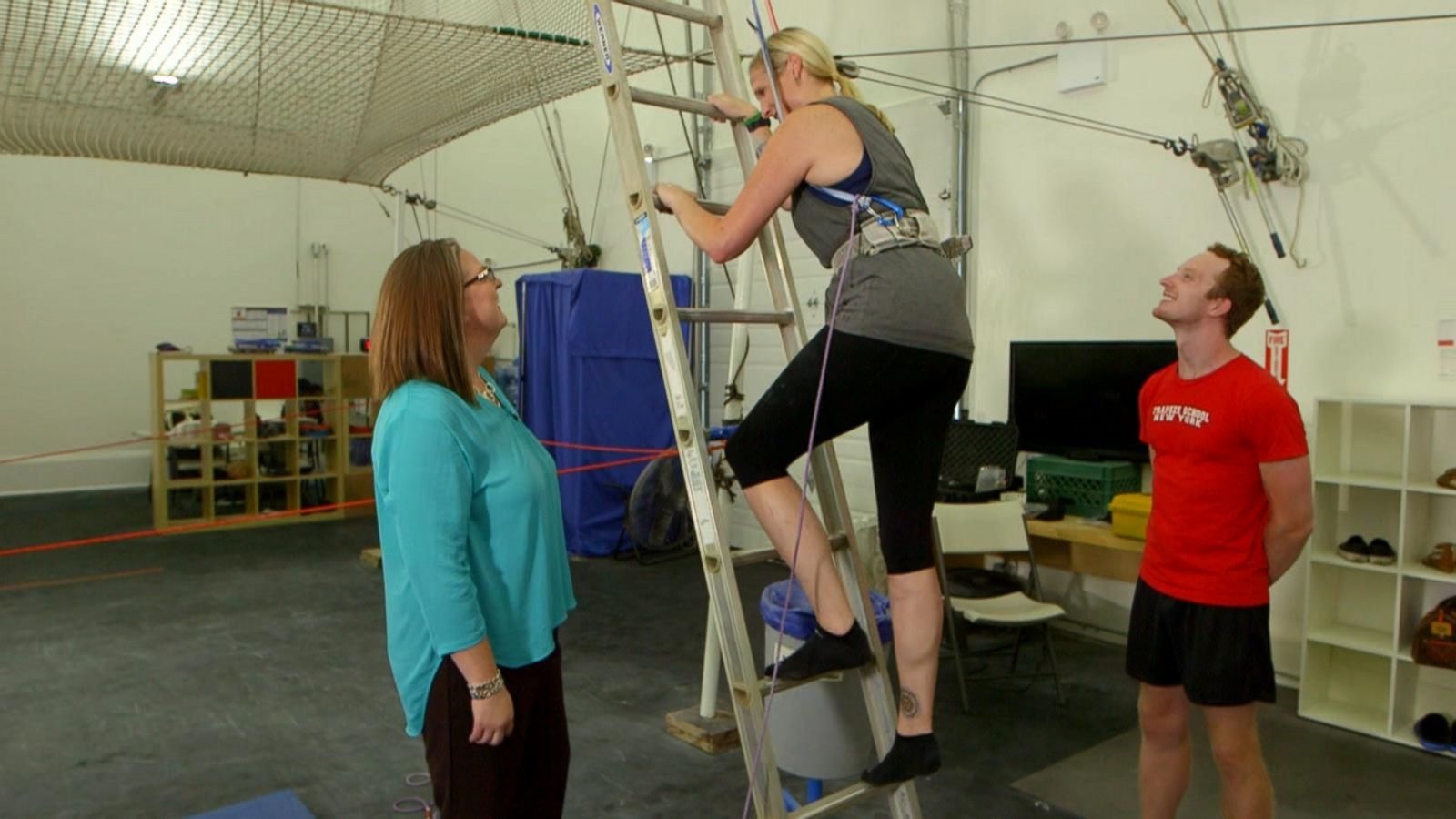
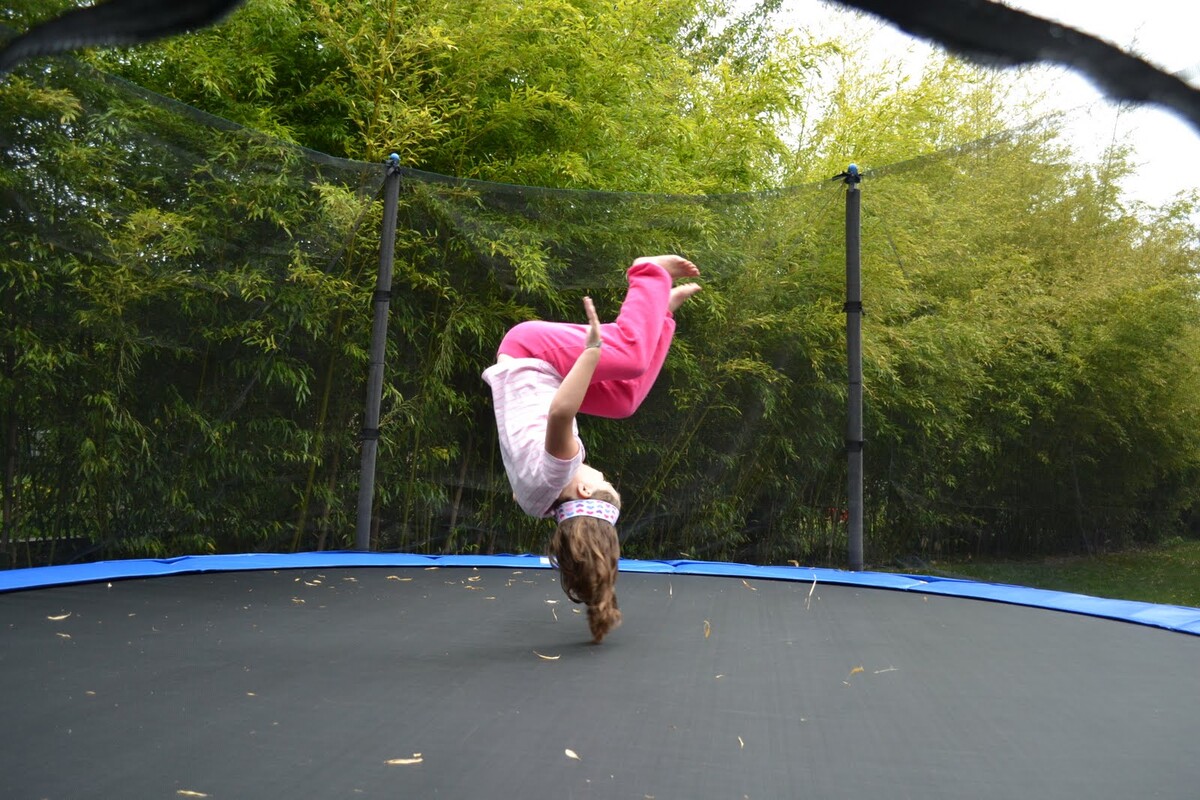
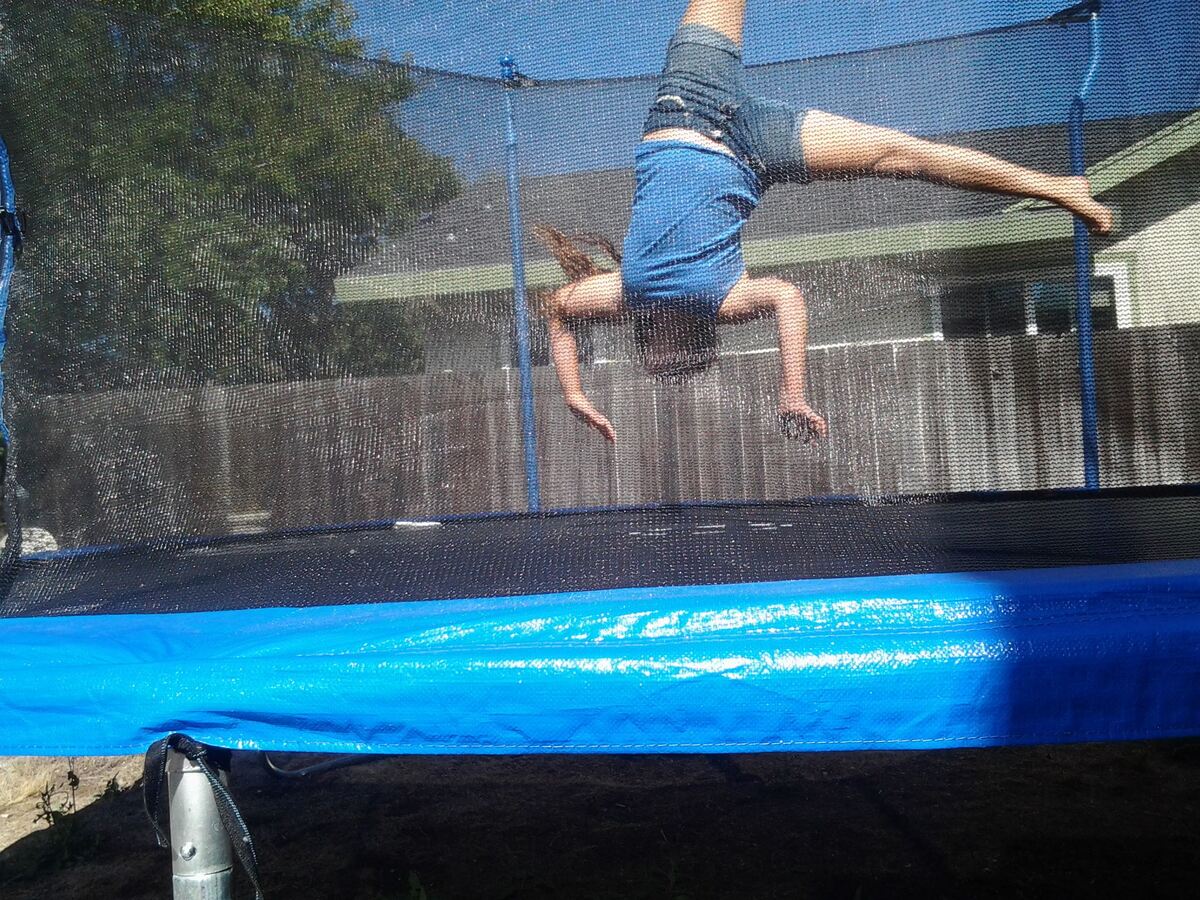
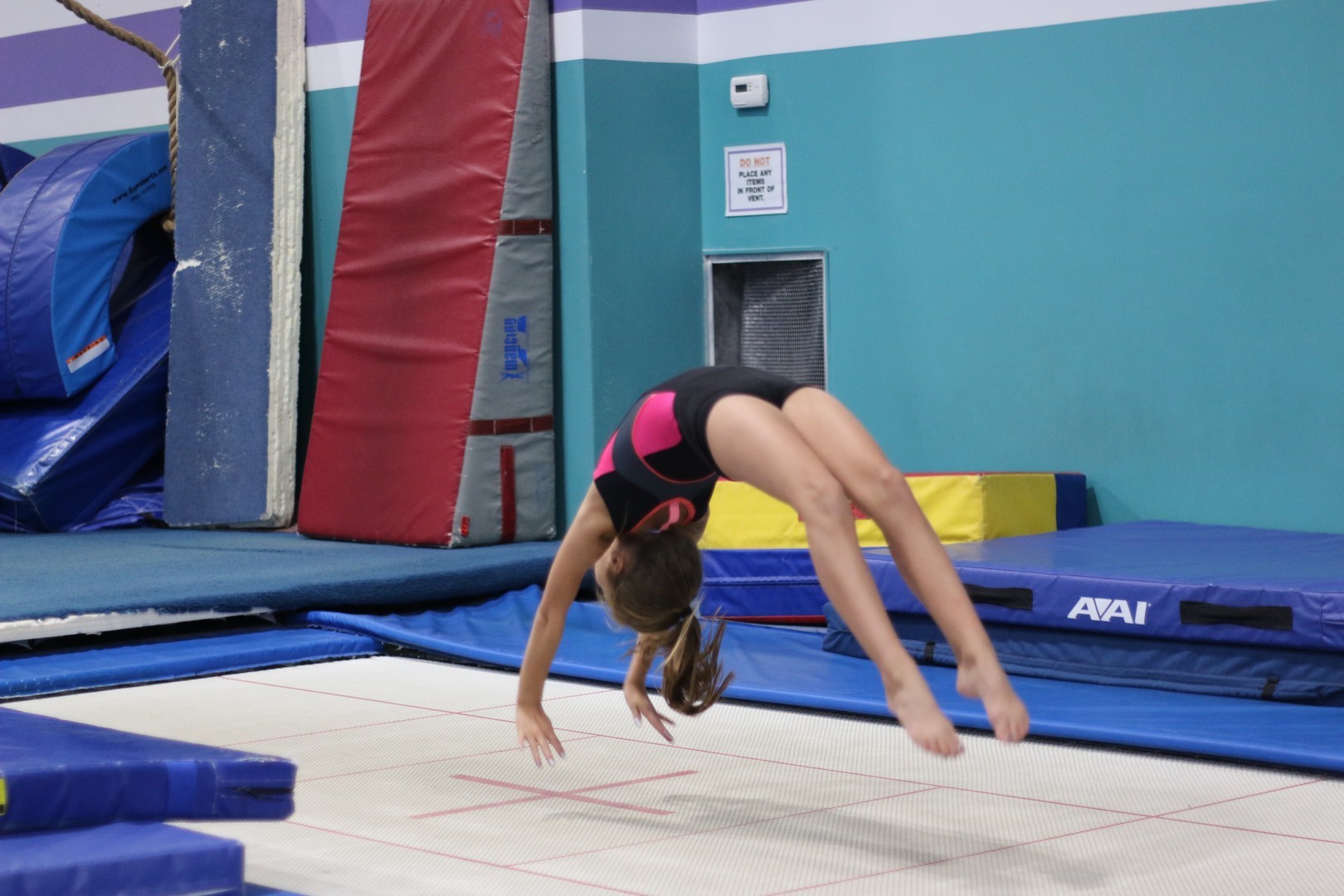
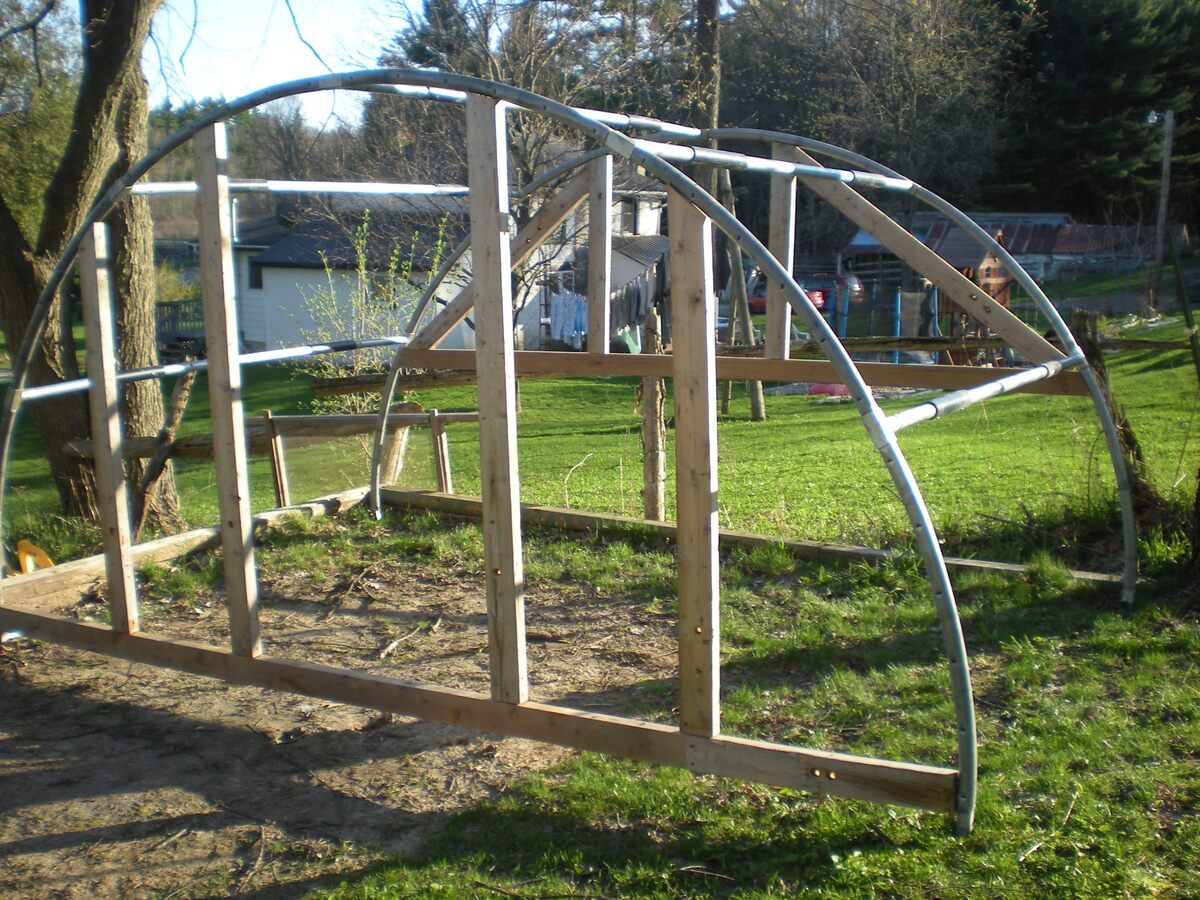



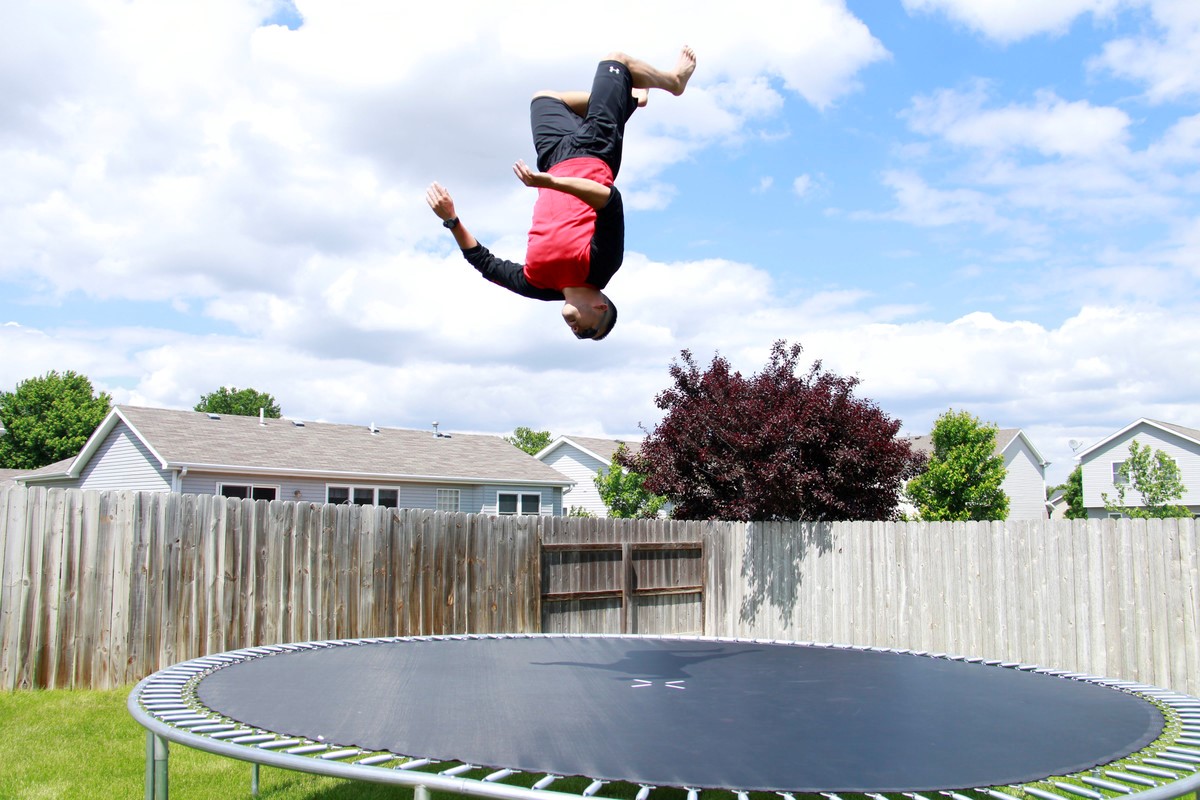
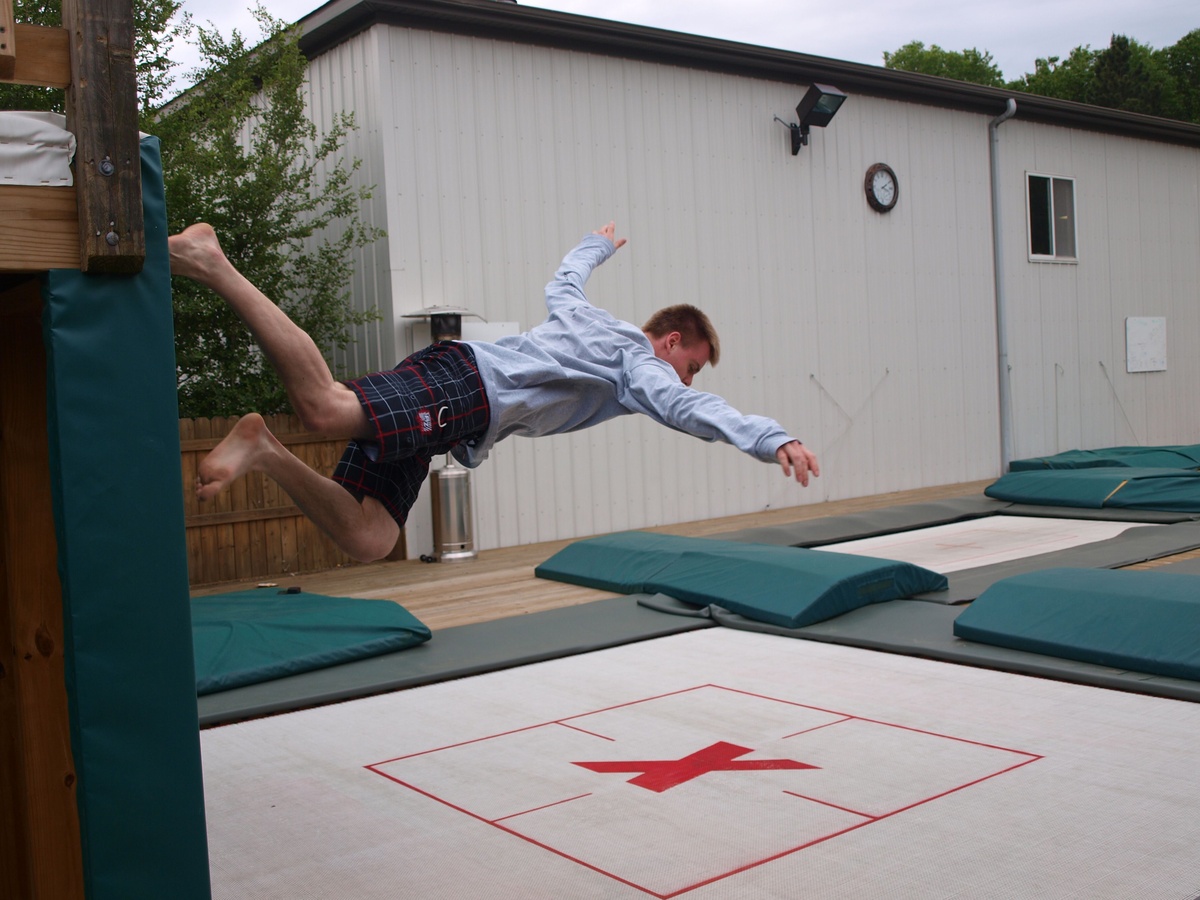

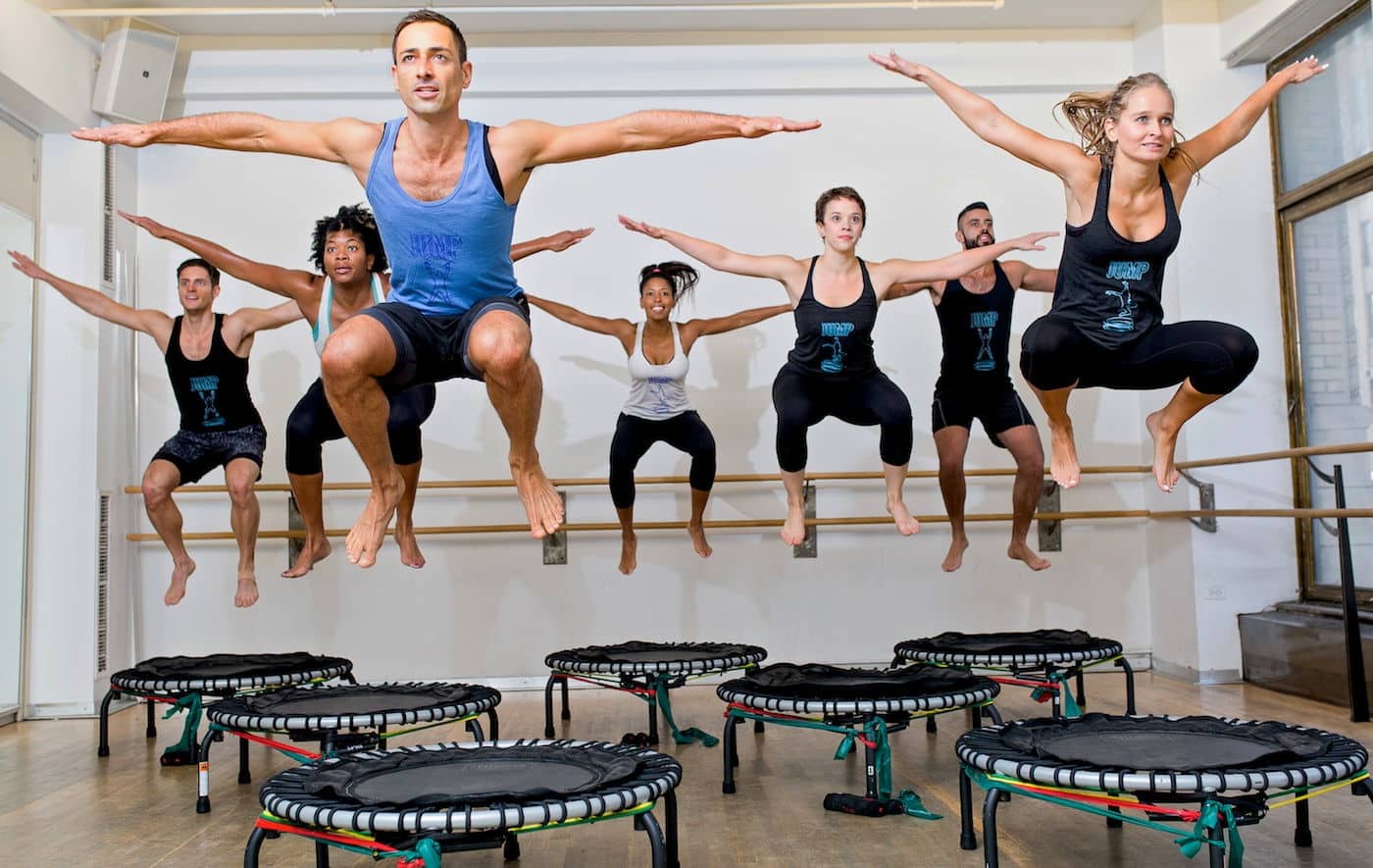

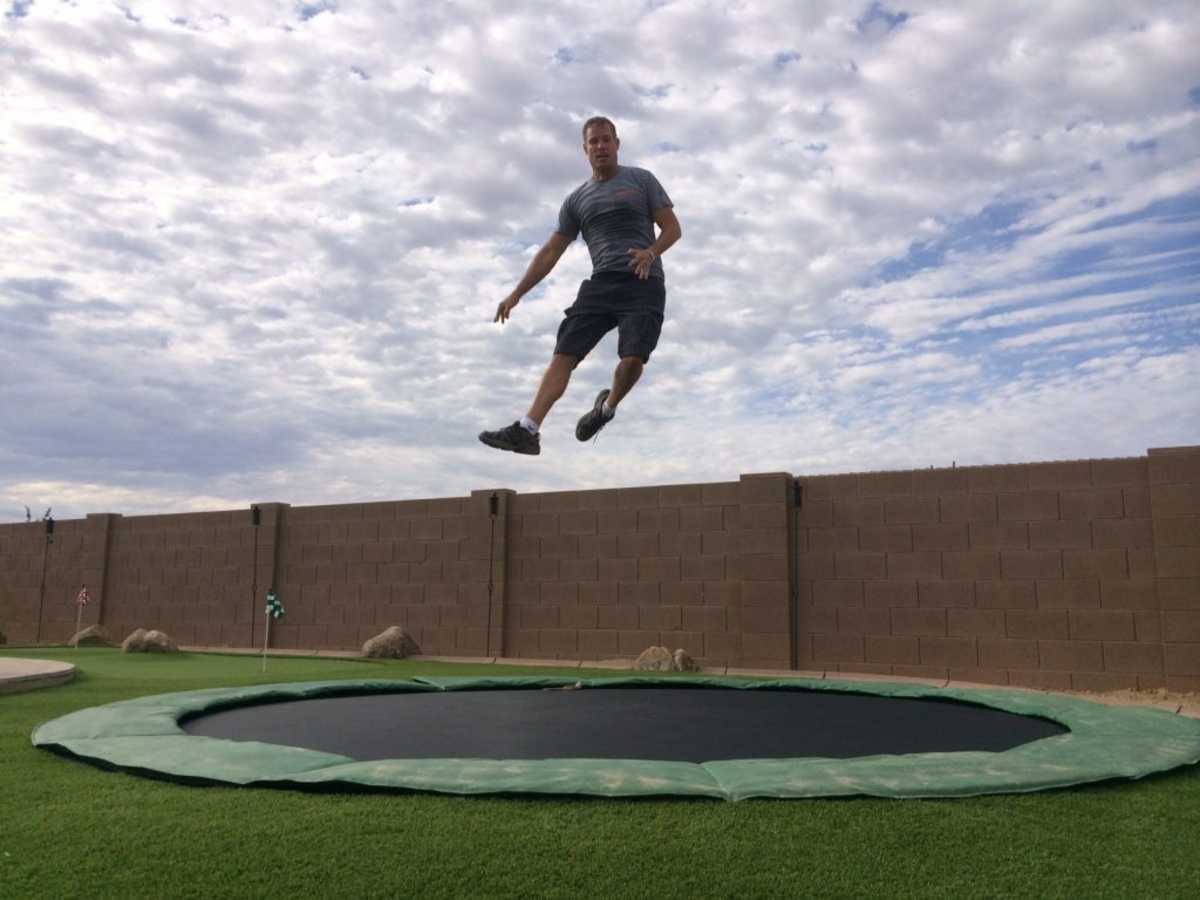

0 thoughts on “How To Get Over The Fear Of Doing A Backflip On A Trampoline”